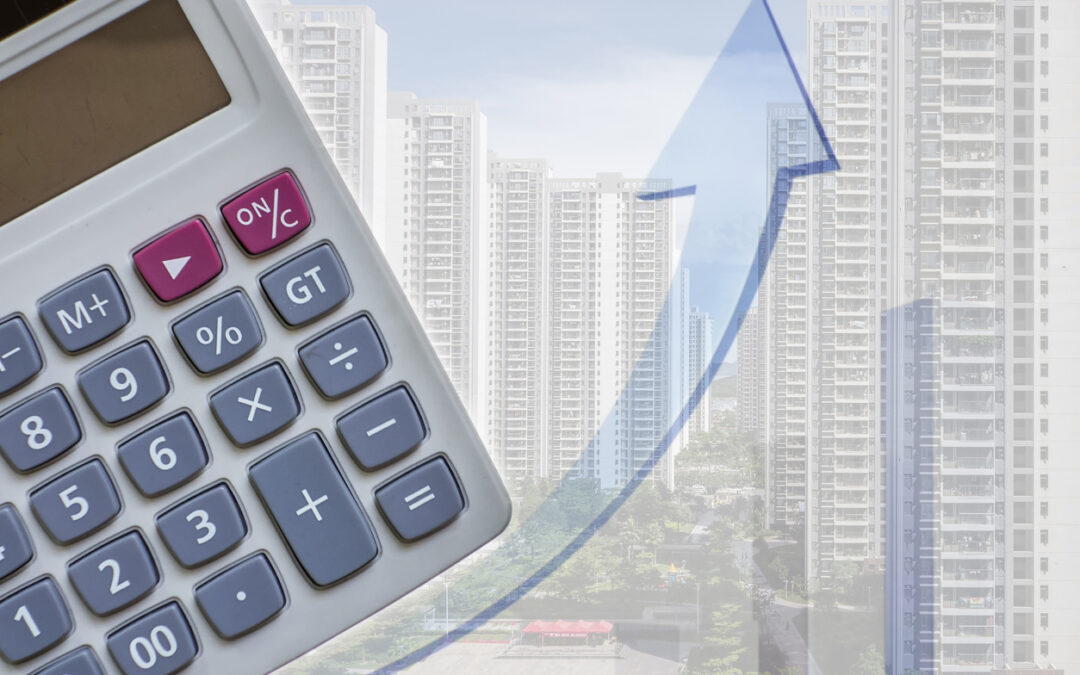For many buyers, purchasing a property is not just about buying a home for themselves and their family – it’s often an investment. We know that, for the most part, if a homeowner takes care of a property and upgrades it over time, when it eventually gets sold, it will (usually) sell for more.
However, what often isn’t accounted for is inflation. Essentially, a seller needs to calculate if the rate of appreciation for a property they bought as a long-term investment will be enough to account for the rate of inflation experienced over the time they held ownership on the property.
It goes without saying, real estate prices have risen significantly over the years. Data from the U.S. Department of Housing and Urban Development shows that the average price of a home sold in the United States in 1963 was just $19,300. As of July 2020, it’s $391,000. This isn’t just from homes appreciating in value though, it’s inflation as well.
Data from the U.S. Bureau of Labor Statistics tracks the percent change in CPI for all urban consumers in the U.S. from the year prior, for the past 10 years. The average change is 1.9 percent. Meanwhile, data from the U.S. Federal Housing Finance Agency tracks the average housing prices adjusted for inflation since 1971. The average price in 1971 doesn’t skyrocket to today’s average prices, but there is a clear difference.
So Why Does All This Data Matter?
To get an idea of the general percent of value appreciation, we broke the last chart down a bit. If we disregard 2020 (it has been a crazy year for real estate) and look at 2016 Q1 home prices (average $322,500) and the National Association of Realtors states the average amount of time a family stays in a home (13 years), you can get an idea of how much appreciation you can expect to see on a home you intend to hang on to for a while, or pass on to family. We’ll use 2016 as a starting point to avoid the housing bubble and subsequent crash around 2008. Assuming inflation rates and real estate values stay relatively consistent, before inflation adjustment, there is about a 26 percent increase in price (using 2016 and 2003 Q1 average home prices). Once adjusted for inflation, it becomes 6 percent. If we use Q1 of 2000 and Q1 of 1987, it becomes 5 percent (after adjustment for inflation)
Of course, the real estate market is ever-changing and there could be bubbles and crashes that no one can predict, just like what’s happened so far in 2020. Homeowners may be able to sell their homes for significantly more, or significantly less, than what they purchased it for. Or, they could end up selling their property for the 5 to 6 percent profit that we calculated using the numbers and method shown above.
In Conclusion…
In the long run, as long as we don’t experience an unprecedented market crash, and as long as homeowners conduct routine maintenance, real estate is still a highly stable investment that regularly outpaces inflation.


Recent Comments